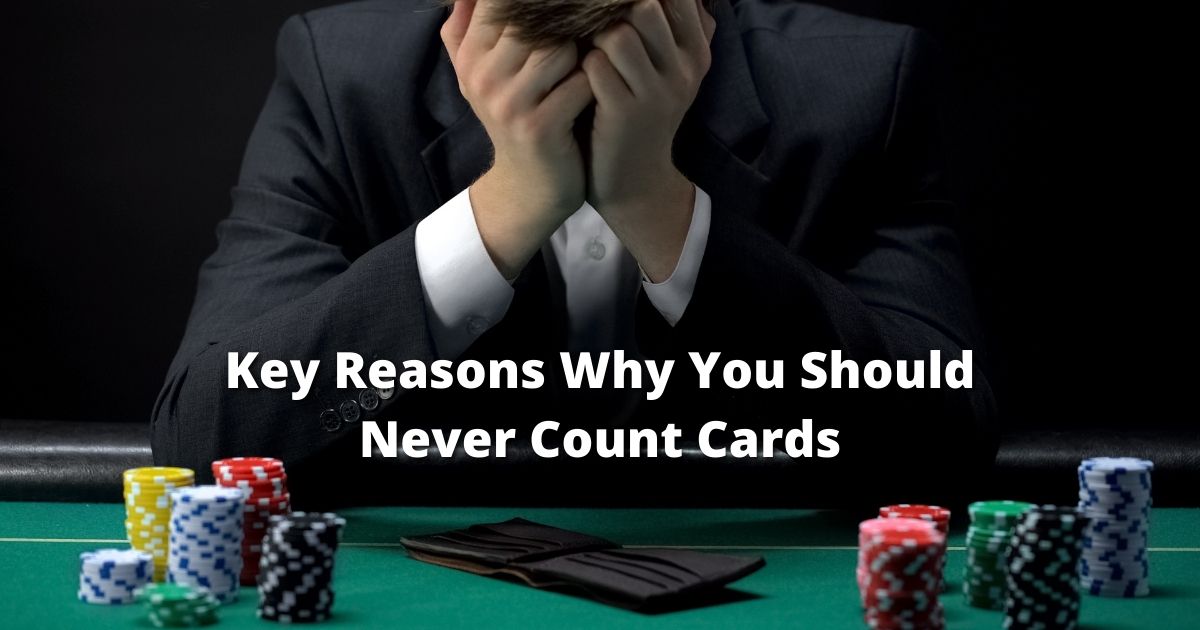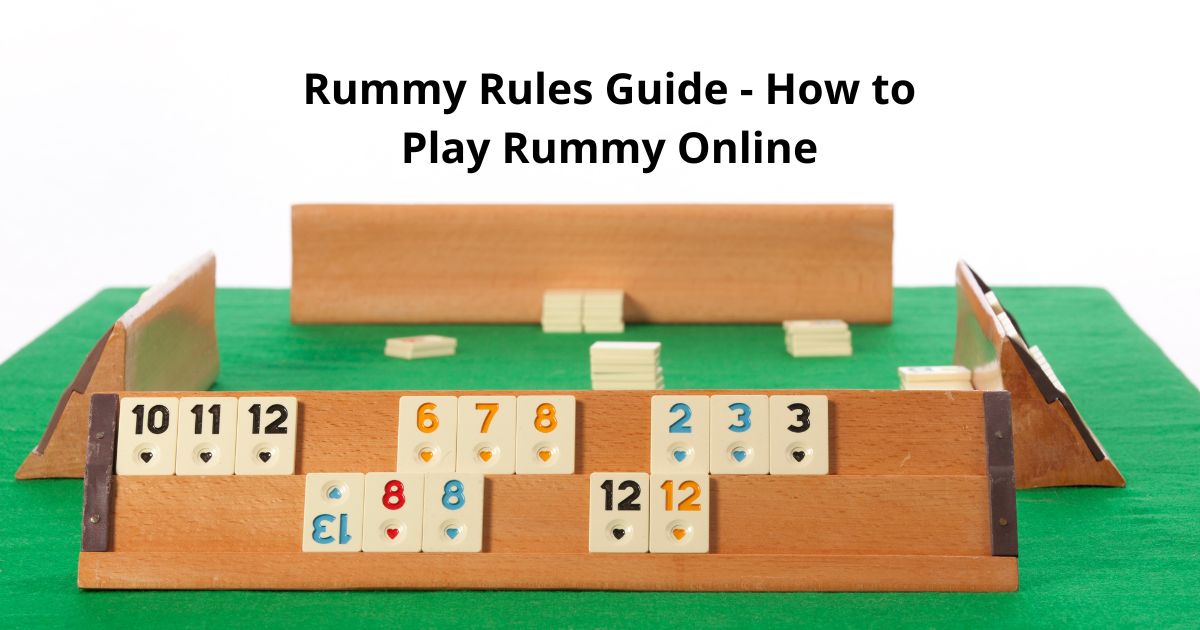The Ace card is an important and versatile card in Rummy, a popular card game enjoyed by players around the world. In Rummy, the Ace can be used in two ways: it can act as a high card or a low card, depending on the type of sequence a player is trying to form.
For example:
- When the Ace is used as a high card, it comes after the King, forming sequences like King-Ace or Queen-King-Ace.
- When used as a low card, it appears before the 2, in sequences like Ace-2-3.
The Ace in Rummy adds flexibility and excitement because it can fit in multiple places, helping players create more winning combinations. This card is especially valuable when you’re close to completing a sequence or set, as it can bridge a gap in your hand and help you form a winning set faster.
The Ace card has an interesting history that dates back to early card games. Originally, the Ace represented a 1 card, often seen as the lowest card in games like Poker and Blackjack. However, as card games evolved, the Ace took on more significance, sometimes being used as the highest card and sometimes as the lowest, giving it a unique role in many games, including Rummy.
In Rummy, this versatility of the Ace card helps create more strategy and variety in gameplay. When Rummy became popular worldwide, the Ace continued to hold this flexible value, making it one of the most powerful and useful cards in the game. This ability to act as both high and low makes Rummy more exciting, as players can use the Ace in creative ways to complete their sequences and win the game.
In the Rummy game, the Ace card has a special value that can impact your score. Generally, the Ace is worth 10 points in Rummy. This means that if the game involves counting points for unmatched cards left in a player’s hand, the Ace card will add 10 points to the total.
However, the Ace’s role can vary based on the type of sequence:
- If the Ace is part of a sequence (for example, Ace-2-3), it doesn’t carry any extra points, as completed sequences don’t count against you.
- If the Ace is unmatched at the end of the game, it will add 10 points to your total, which is something players try to avoid to keep their score low.
So, the worth of an Ace in Rummy depends on how it’s used. If you can place the Ace in a sequence or set, it won’t hurt your score. But if it’s left unmatched, the Ace’s 10 points can increase your total, which might lead to a higher penalty in games where scoring matters.
Playing Ace Rummy with 4 players adds a bit more excitement and challenge, as each player has to think carefully to create winning combinations while competing with more opponents. Here’s how you can play Rummy with 4 players:
- Set Up the Game:
- Use a standard deck of 52 cards if playing with four players.
- Each player is dealt a hand of 13 cards.
- The remaining cards form the draw pile, and one card is placed face-up to start the discard pile.
- Understanding the Role of the Ace:
- In Rummy, Ace cards are special and can be used as either high or low cards. This means you can use the Ace to create sequences like Ace-2-3 or King-Ace, depending on what you need.
- Since each player might be trying to use the Ace in different ways, it’s essential to watch the discard pile to see if any Aces are available or if other players are discarding cards you can use.
- Gameplay:
- Players take turns picking a card from either the draw or discard pile and then discarding one card.
- The goal is to create valid sequences and sets with the cards in your hand.
- With four players, you have to plan your moves strategically, as it can be challenging to complete sequences if the cards you need are being drawn by others.
- Using Aces to Your Advantage:
- In a four-player game, completing a sequence with an Ace can be beneficial since it’s a versatile card.
- Watch for Aces in the discard pile, and use them to complete sequences whenever possible to avoid an unmatched Ace left in your hand.
- Ending the Game:
- The game ends when a player successfully forms all required sequences and sets and declares Rummy.
- After a declaration, the remaining players calculate their points, with any unmatched Aces adding 10 points each to their score.
Playing Ace Rummy with 4 players is a fun and competitive way to enjoy the game, with the Ace card adding a layer of strategy. Its flexibility as both a high and low card makes it valuable, especially in multi-player settings where completing sequences quickly can lead to victory.
To truly ace in Rummy, you need a mix of strategy, timing, and smart use of cards like the Ace. Here are some tips to help you excel in Rummy, especially by using the Ace card effectively.
- The Ace card in Rummy can be used either as a high card (following the King) or as a low card (before the 2), depending on what you need.
- Try to create multiple options with the Ace. For example, keep an Ace-2 or King-Ace combination in mind so that you have more possibilities when forming sequences.
- A pure sequence is a sequence without any jokers, and having at least one is essential in most Rummy games to declare a win.
- Use the Ace in a pure sequence early in the game if possible. For instance, sequences like Ace-2-3 or King-Queen-Ace make solid pure sequences.
- Securing a pure sequence reduces your point count and increases your chances of a valid declaration, helping you get closer to winning.
- In Rummy, paying attention to the discard pile can give you clues about what cards other players might need or are avoiding.
- If you see Aces being discarded, pick them up if they fit into your sequences or sets. But if an Ace doesn’t fit well, it’s often better to leave it, as keeping unmatched Aces can increase your points in case of a loss.
- The Ace card can be valuable in completing either sets or sequences, giving you flexibility to adapt based on the cards you draw.
- Focus on creating a set with Aces (for example, three Aces of different suits) if you already have two Aces in hand, or use it in a sequence if that seems more feasible based on the other cards you hold.
- In Rummy, any unmatched card remaining in your hand when another player declares a win can increase your point total.
- Since Aces are worth 10 points each, holding onto an unmatched Ace near the end of the game can be risky.
- If you’re struggling to form a sequence with the Ace, it may be better to discard it rather than risk being stuck with the points.
- Jokers in Rummy can substitute for any card, but they can’t be used in a pure sequence. Use jokers to help complete sequences that don’t require the Ace, so you can use the Ace in a pure sequence.
- For example, if you have a Joker, a King, and an Ace, consider using the Joker to complete a different set, so you can reserve the Ace for a flexible sequence without the Joker.
- Watch for clues from other players. If someone picks an Ace from the discard pile, they might be close to completing a sequence with it.
- Avoid discarding Aces when you sense that other players are actively looking for them. Similarly, hold onto your Aces if they fit well into your hand and discard them only when they’re no longer useful.
In a standard 52-card deck, there are 4 Aces—one for each suit: Hearts, Diamonds, Clubs, and Spades.
In Rummy, Aces can be high or low depending on the sequence. They can be placed before 2 (like Ace-2-3) or after King (like Queen-King-Ace), making them versatile for sequence-building.




















